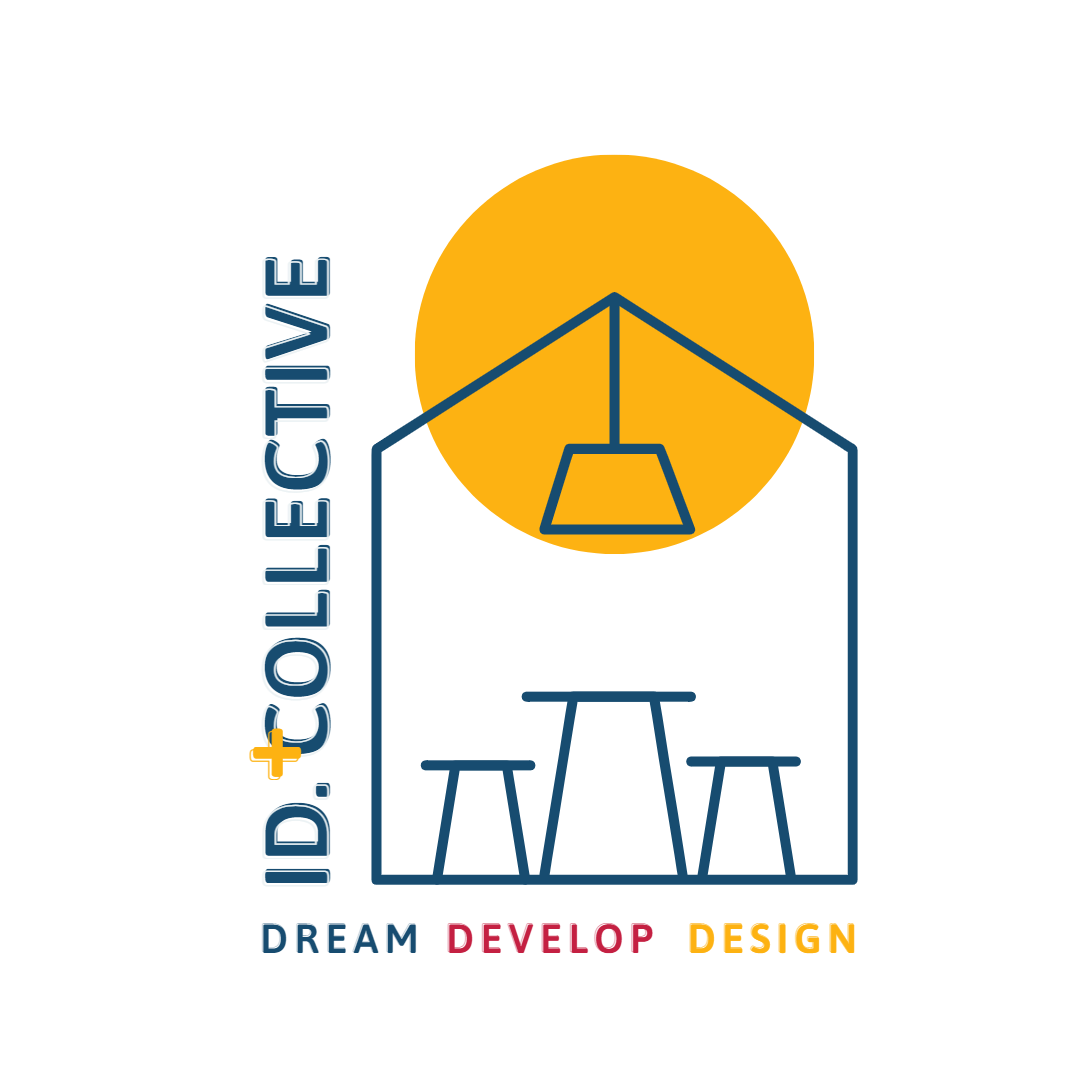How important is Lighting in your project…
In this installment we will be taking a look at the various forms of lighting techniques that ensure the mood and theme of your room or rooms is appropriate and complimentary.
There are three basic types of lighting that work together :
· Ambient ( general lighting )
· Task
· Accent
Interior lighting is one of the most important aspects of any work or living space; it has the ability to change our moods when we experience a room just as it does our perception of the size of a room.
Utilizing the right type of lighting and ensuring the correct placement can be a challenging task, but it’s crucial to not only the design, but to the function of the space. It is very important that it works in conjunction with all areas of interior design, such as, color selections, room size, layout, fabric choices and furniture selection. It is only when these elements come together that a room benefits from harmony and effortless fluidity of design.
Fundamentally, the illusion of space can be defined by light reflecting off of wall surfaces. Certain types of lighting enhance this illusion by further illuminating the walls. For instance, wall lighting. However a good lighting plan combines all three forms of lighting to illuminate an area according to function and style.
For example a chandelier, table lamp and floor lamp provide layers of light in a living room. Lighting is an important piece of the interior design puzzle. Lighting design plays a very big role in how you experience a space. A successfully-designed room needs a mix of these three basic types of lighting — ambient, task and accent.
Accent lighting
Accent lighting adds drama to a room by creating visual interest. As part of an interior design scheme, it is used to draw the eye to products, paintings, sculptures and other featured items. It can also be used to highlight the texture of a brick or stone wall, window treatments or outdoor landscaping.
To be effective, accent lighting requires as least three times as much light on the focal point as the general lighting surrounding it. Accent lighting is usually provided by recessed and track lighting or wall-mounted picture lights. Using this plan will create an atmosphere that is perfect for any room and more importantly serve to provide functionality and practicality for the space and activities one undertakes in it.
Ambient lighting
Firstly, Ambient lighting provides an area with overall illumination. Also known as general lighting, it radiates a comfortable level of brightness without glare and allows you to see and walk about safely. In some spaces such as laundry rooms, the ambient lighting also serves as the primary source of task lighting. It can be accomplished with chandeliers, ceiling or wall-mounted fixtures, recessed or track lights and with lanterns mounted on the outside of the home. Having a central source of ambient light in all rooms is fundamental to a good lighting plan.
Task lighting
Secondly, Task lighting helps you perform specific tasks, such as reading, grooming, preparing and cooking food, doing homework, working on hobbies, playing games and balancing your checkbook. It can be provided by recessed and track lighting, pendant lighting and under cabinet lighting, as well as by portable floor and desk lamps. Task lighting should be free of distracting glare and shadows and should be bright enough to prevent eye strain.
I think everyone reading this has a memory of being in a space were the lighting was off and how it affected or altered the ability to truly appreciate the space, the experience or the task you were trying to complete. It’s always a good idea to consult a lighting specialist or at the very least someone who is trained in interior lighting for your projects, it will in the end save you not only money, but also give you many years of enjoyment in your space.
If you would like to chat about your lighting schedule a complimentary discovery call today and have us help improve your view.


